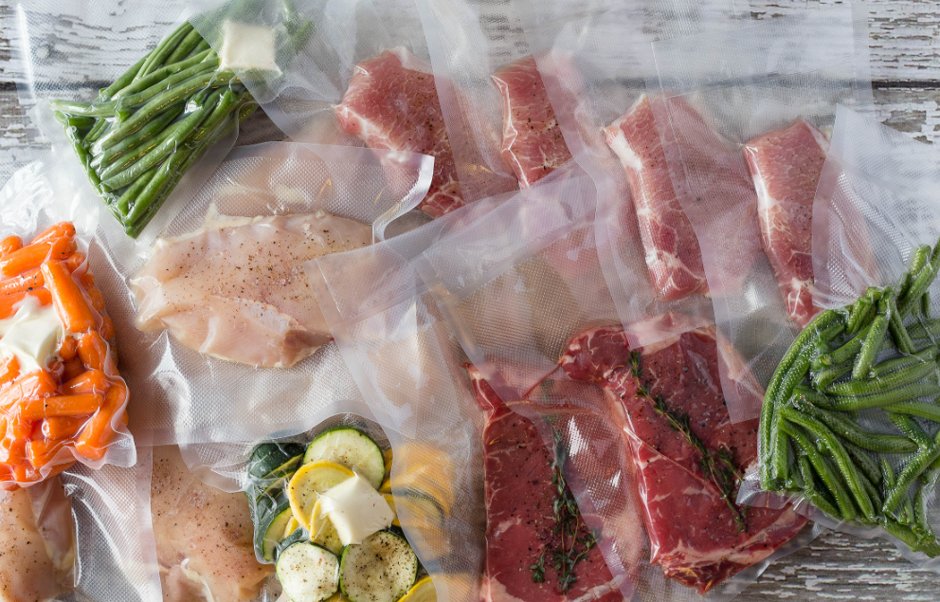Food safety is a paramount concern in the food industry, where the slightest lapse can lead to significant health risks and brand damage. A critical aspect of ensuring food safety is effective sealing in food packaging. Proper sealing food packaging is not just about keeping the contents contained; it’s about safeguarding the food from contamination, preserving its nutritional quality, and extending its shelf life. This article explores the various facets of effective sealing in maintaining food safety.
Understanding the role of sealing in food safety
Sealing is the process of securely closing food packaging to protect its contents. Effective sealing prevents the ingress of contaminants, including microorganisms, dust, and chemicals. It also plays a vital role in preserving the flavor, aroma, and texture of the food by preventing exposure to air and moisture, which can lead to spoilage.
The science behind sealing and food preservation
Sealing food packaging creates an environment that can significantly slow down the degradation processes. By reducing the exposure to oxygen, the growth of aerobic bacteria and the rate of oxidative reactions are minimized. This not only prolongs the shelf life of food products but also maintains their safety for consumption.
Technologies and methods in effective sealing
Advancements in sealing technologies have enhanced food safety significantly. From heat sealing and induction sealing to vacuum packaging and modified atmosphere packaging, each method offers unique benefits in terms of preserving food quality and extending shelf life. The choice of sealing technology depends on the type of food product, its sensitivity to environmental factors, and the desired shelf life.
Challenges in ensuring seal integrity
Maintaining the integrity of seals is a major challenge in the food packaging industry. Factors such as mechanical faults during the packaging process, inconsistencies in packaging material, and damage during transportation can compromise seal quality. Regular inspection and quality control measures are essential to ensure that the sealing of food packaging meets safety standards.
Seal integrity testing for food safety
Seal integrity testing is a critical component of quality assurance in food packaging. Techniques like vacuum leak testing, pressure decay, and dye penetration tests are employed to ensure that the seals are intact and effective. Regular testing helps in identifying and rectifying sealing issues before the products reach the consumers.
Regulations and standards in food packaging sealing
Food packaging and sealing are subject to stringent regulations and standards, which vary by region. These regulations are designed to ensure that food products are safe for consumption and free from contamination. Compliance with these standards is crucial for food manufacturers, not only to avoid legal repercussions but also to maintain consumer trust.
The impact of poor sealing on food safety
Inadequate sealing can have dire consequences for food safety. Exposure to contaminants can lead to foodborne illnesses, while inadequate preservation can result in spoilage and waste. Moreover, poor sealing can lead to recalls and damage to the brand’s reputation.
Sustainability considerations in sealing food packaging
As environmental concerns become more prominent, the food packaging industry is seeking sustainable sealing solutions that do not compromise food safety. This includes the use of eco-friendly materials and processes that reduce the environmental footprint while maintaining the integrity and effectiveness of the seal.
Consumer education and awareness
Educating consumers about the importance of seal integrity is also crucial in food safety. Consumers should be aware of how to check for tampering and how improper handling can compromise food safety. This awareness can play a significant role in preventing foodborne illnesses.
Case studies highlighting the importance of effective sealing
Several case studies demonstrate the impact of effective sealing on food safety. For instance, a notable instance in the dairy industry showed how improved sealing technology significantly reduced contamination incidents. Similarly, advancements in sealing in the ready-to-eat meals sector have enhanced shelf life and reduced spoilage rates.
Future trends in sealing technology for food safety
Looking ahead, the future of sealing technology in food safety is likely to involve more automation, advanced materials, and intelligent packaging that can monitor and communicate the status of the seal. These innovations will continue to enhance the safety and quality of food products.
Effective sealing is a cornerstone of food safety in the food industry. It is essential for protecting food from contamination, preserving its quality, and ensuring that it remains safe for consumption. The continuous advancements in sealing technology, along with strict adherence to regulations and standards, are vital in upholding food safety. As the industry evolves, staying abreast of these developments and implementing best practices in sealing will be crucial for food manufacturers in their commitment to public health and safety.






